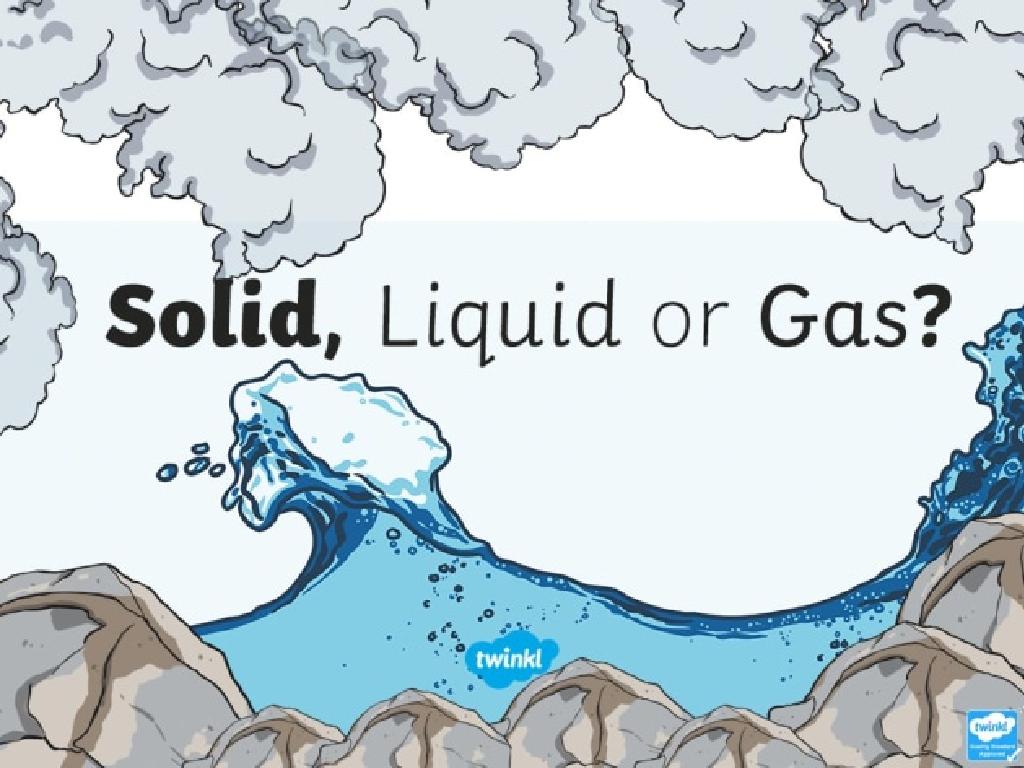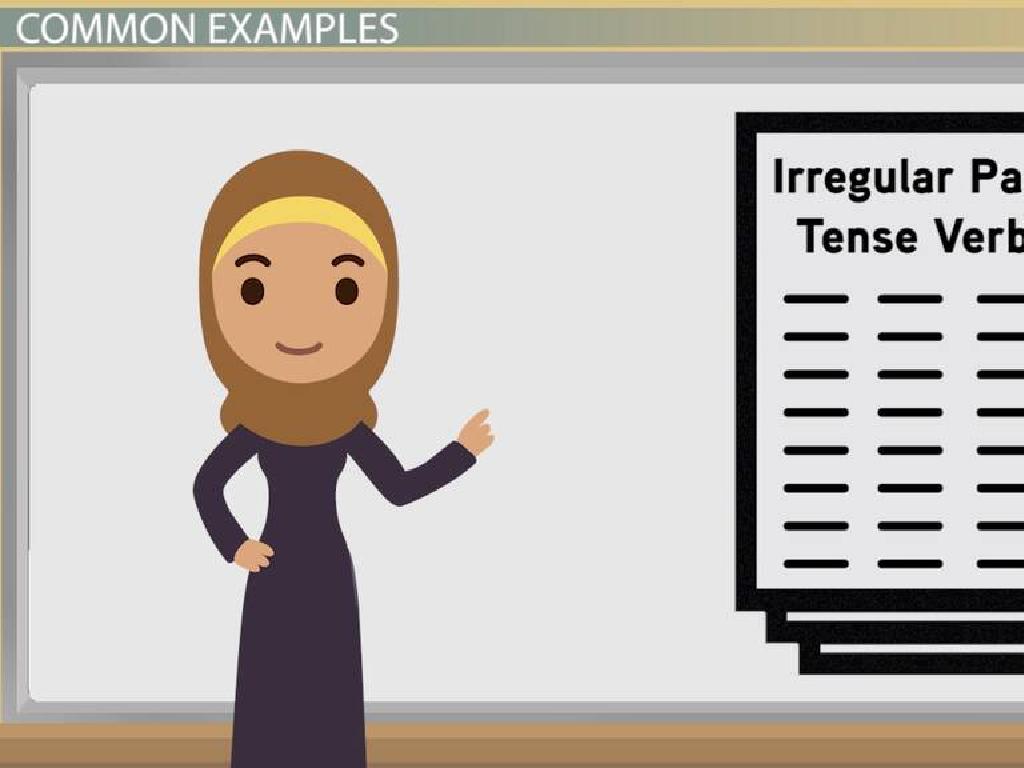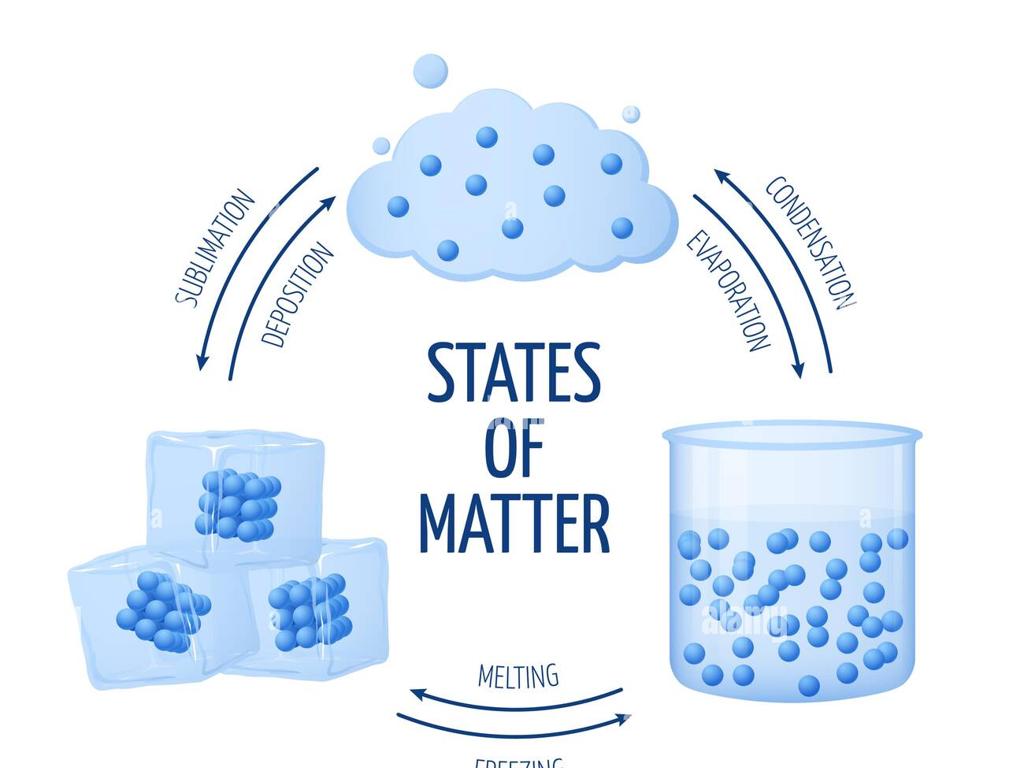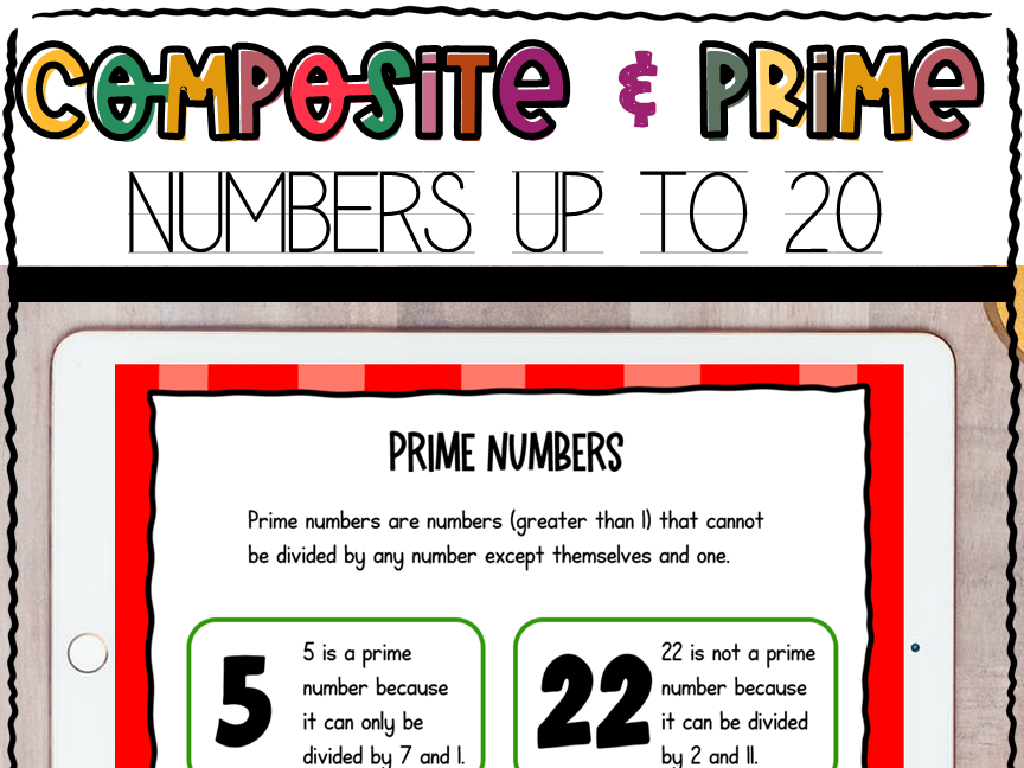Identify Countries Of Europe: Review
Subject: Social studies
Grade: Eighth grade
Topic: Europe: Geography
Please LOG IN to download the presentation. Access is available to registered users only.
View More Content
Exploring European Geography
– Europe’s diverse geography
– Europe has a variety of climates and landscapes, from the Mediterranean to the Arctic.
– Identifying European countries
– Familiarize yourself with the map of Europe and its 44 countries.
– Significance of geographical knowledge
– Knowing geography helps understand historical events, cultural connections, and current affairs.
– Engaging with Europe’s culture
– Learning about different countries can enrich our appreciation for their unique cultures and traditions.
|
This slide aims to review the geography of Europe, emphasizing the importance of being able to identify and locate its countries. Start by discussing Europe’s geographical diversity, including its range of climates and landscapes. Encourage students to look at a map of Europe and begin memorizing the countries by region. Explain how geographical knowledge is crucial for understanding Europe’s complex history and its role in global affairs. Lastly, highlight how this knowledge can lead to a deeper appreciation of the varied cultures and traditions within Europe. Use interactive map quizzes or group activities to make the review session engaging.
Exploring Europe’s Diverse Geography
– Quick facts about Europe
– Europe is the second smallest continent with 50 countries.
– Europe’s major landforms
– The Alps and Pyrenees are significant mountain ranges.
– Key bodies of water
– Major waters include the Mediterranean Sea and Danube River.
– Europe’s climate variety
– Climates range from Mediterranean to Arctic.
|
This slide aims to provide a brief overview of Europe’s geography for review. Start with some quick facts to give students a sense of Europe’s place in the world, such as its size and number of countries. Then, move on to discuss major landforms like the Alps, which stretch across eight countries, and the Pyrenees, which form a natural border between Spain and France. Highlight key bodies of water, including the Mediterranean Sea, which borders southern Europe, and the Danube River, which flows through 10 countries. Lastly, talk about the variety of climates found in Europe, from the warm Mediterranean climate in the south to the cold Arctic conditions in the north. Encourage students to think about how geography influences culture, politics, and daily life in European countries.
Exploring the Countries of Europe
– Total number of European countries
– Europe consists of 44 sovereign states
– The largest country: area and population
– Russia is the largest by both criteria
– The smallest country: area and population
– Vatican City is the smallest by both criteria
– Reviewing European geography
|
This slide aims to review the geographical diversity of Europe by examining the number of countries as well as the extremes in size and population. Students should recognize that Europe, while relatively small in terms of land area compared to other continents, has a significant number of countries with diverse cultures and languages. Emphasize that Russia is the largest country in both area and population, spanning across Europe and Asia, while Vatican City is an example of a microstate, being the smallest in both area and population. Encourage students to explore the map of Europe and identify each country, noting the differences in size and population among them.
Exploring Northern Europe
– Identifying Northern European countries
– Countries include Denmark, Estonia, Finland, Iceland, and Norway
– Unique features of Northern Europe
– Distinctive geography, culture, and climate
– Example: Norway’s fjords
– Norway is famous for its deep, narrow inlets surrounded by steep cliffs
|
This slide aims to review the countries that make up Northern Europe and discuss their unique geographical features. Students should be able to identify countries such as Denmark, Estonia, Finland, Iceland, and Norway. Highlight the distinctive characteristics of Northern Europe, including its geography with vast forests, fjords, and archipelagos, as well as its cultural aspects like languages and history. Use Norway’s famous fjords as a specific example to show how geography can shape a country’s identity. Encourage students to think about how these features influence the lifestyle and culture of the people living there.
Exploring Southern Europe
– Identifying Southern European countries
– Italy, Spain, Greece, Portugal, and more
– Cultural & historical impacts
– Influences on art, democracy, philosophy
– Example: Greece’s ancient legacy
– Birthplace of Western civilization
– Review and discuss
|
This slide aims to review the countries of Southern Europe and their contributions to world culture and history. Students should be able to identify key countries such as Italy, Spain, Greece, and Portugal. Discuss the rich cultural and historical significance of this region, focusing on how it has shaped modern Western society. Use Greece as a prime example, highlighting its ancient history and its role as the cradle of Western civilization, democracy, and philosophy. Encourage students to think about how these historical elements are still relevant today and to be prepared to discuss other Southern European countries and their histories.
Eastern vs Western Europe: A Comparative Study
– Contrast Eastern & Western Europe
– Geographical, cultural, and economic contrasts
– Historical division context
– Post-WWII era, Iron Curtain significance
– European Union’s role
– EU’s aim for political & economic unity
– Impact on Europe’s landscape
– Changes in borders, economies, and policies
|
This slide aims to review the distinctions between Eastern and Western Europe, providing a historical backdrop to understand the current dynamics. Highlight the geographical, cultural, and economic differences that have historically separated the two regions. Discuss the historical context, particularly the post-World War II period and the Iron Curtain’s role in deepening the division. Explain the European Union’s objectives in fostering political and economic unity across the continent and its impact on member and non-member countries. The slide should encourage students to think about how historical events have shaped modern Europe and the role of the EU in attempting to bridge the divide between East and West.
Map Labeling: European Countries
– Label countries on your map
– Pair up for map completion
– Work together, discuss and compare
– Class review of labeled maps
– We’ll correct and learn as a group
– Understanding Europe’s geography
– Grasp the layout of European nations
|
This class activity is designed to reinforce the students’ knowledge of European geography through an interactive map labeling exercise. Students will work in pairs to label all the countries on a map of Europe, promoting collaboration and discussion. After the activity, we will go through the maps as a class to ensure correct identification and to address any common mistakes or misconceptions. This will also provide an opportunity for students to ask questions and clarify their understanding of the geographical layout of Europe. The activity will help students to visually memorize the countries and their locations, which is an essential part of the geography curriculum for understanding the relationships between different European nations.
Quiz Time: European Countries Review
– Engage in a fun geography quiz
– Questions on countries and features
– Share an interesting European fact
– Think of a fact about a country’s culture, history, or geography
– Reflect on today’s learning
– How has your understanding of Europe’s geography expanded?
|
This slide is designed to conclude the lesson with an interactive quiz that reinforces the students’ knowledge of European countries and their geographical features. The quiz should be engaging and cover a range of topics discussed during the lesson. Encourage students to think critically and recall information about different countries, such as their location, capital cities, major rivers, mountains, and other landmarks. After the quiz, ask students to share one interesting fact they’ve learned about Europe today, which could relate to a country’s culture, history, or a unique geographical aspect. This activity will help students reflect on what they’ve learned and solidify their understanding of the subject matter. Provide guidance on how to study maps effectively and how geographical knowledge can be applied in real-world contexts.
Wrapping Up: Europe’s Geography
– Recap of European countries
– Geographical knowledge enriches world view
– Understanding geography helps grasp political and cultural dynamics.
– Anticipate learning European Capitals
– Capitals are key to understanding a country’s identity and culture.
– Review materials for next class
|
As we conclude today’s lesson, it’s important to reflect on the countries of Europe we’ve identified and discussed. Emphasize the value of geographical knowledge in providing context to current world affairs, such as international relations, trade, and cultural exchanges. Looking ahead, students should prepare for the next class by starting to familiarize themselves with the capitals of European countries. This will not only aid in their geographical literacy but also enrich their understanding of the distinct identities and cultural heritage within Europe. Encourage students to review the map of Europe, the countries we’ve covered today, and to begin exploring the capitals in preparation for our next exciting lesson.
Homework: Explore a European Country
– Select a European country to research
– Write a paragraph with key aspects
– Focus on location, landscape, and climate
– Include geography, culture, history
– Mention traditions, language, and cuisine
– Submit by the next Social Studies class
– Cover important events, leaders, and influence
|
This homework assignment is designed to deepen students’ understanding of Europe by having them engage with the geography, culture, and history of a country of their choice. Encourage students to explore various sources for their research, including books, reputable websites, and documentaries. Remind them to look for interesting facts that highlight the uniqueness of their chosen country. The goal is for students to make connections between the physical geography of a country and its cultural and historical development. This will also prepare them for the upcoming class where they will share their findings and contribute to a broader discussion about the diversity within Europe.






